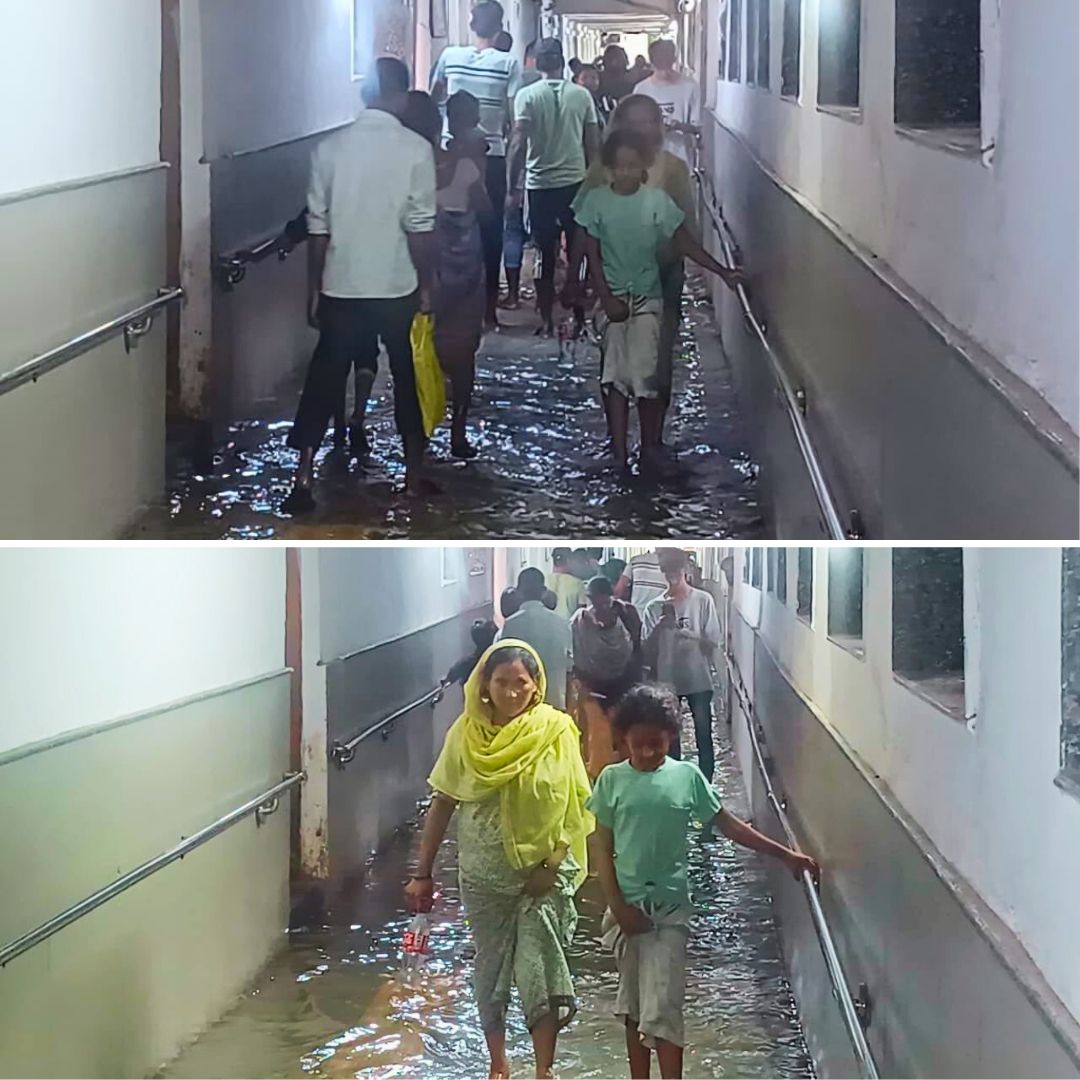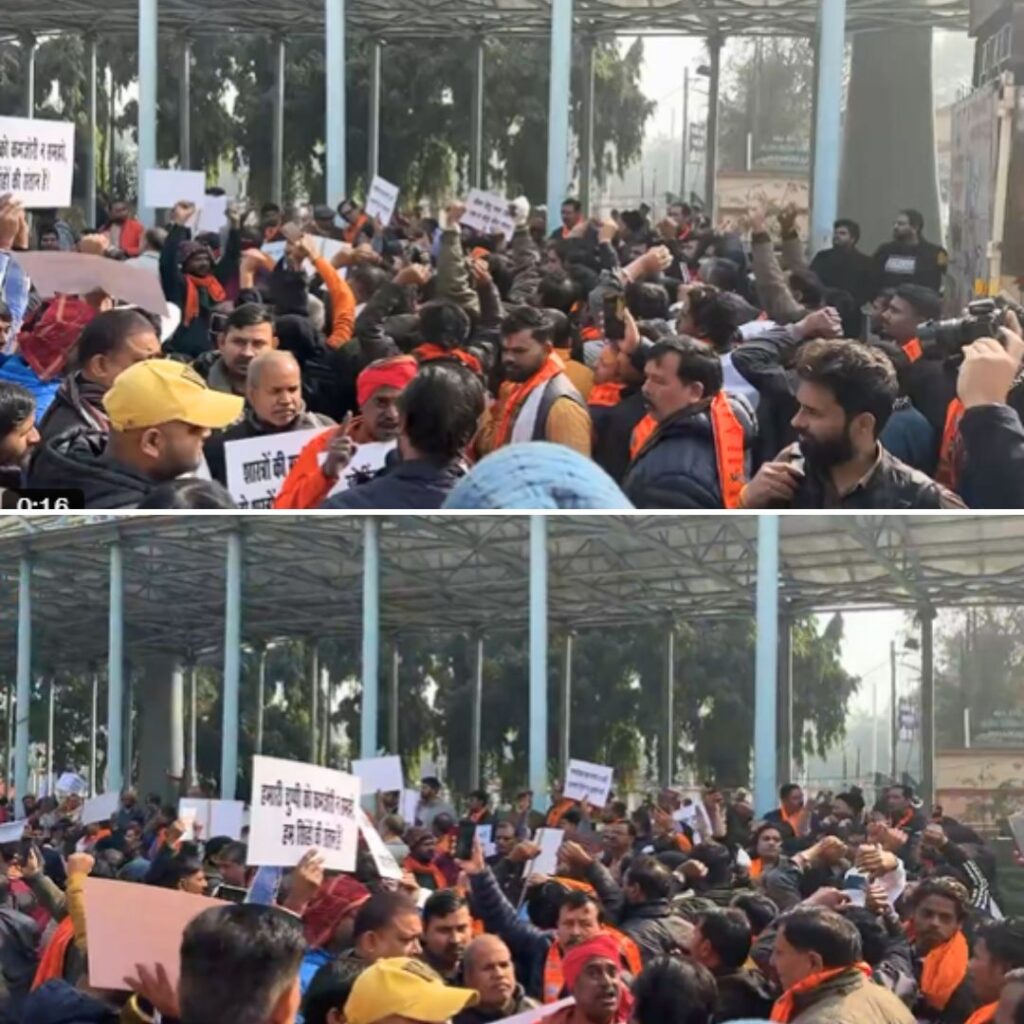Torrential rains that hit Delhi between July 29 and 30, 2025, caused severe disruption across the capital, most notably at Safdarjung Hospital where wards were flooded, forcing patients and staff to wade through ankle-deep water.
The mercy of the monsoon turned tragic in Sehgal Colony, where Meera and her 17-year-old son Ganpath, recent migrants from Madhya Pradesh, died when a dilapidated boundary wall collapsed onto their makeshift shelter at a construction site.
Authorities, led by Delhi Chief Minister Rekha Gupta, have vowed to improve drainage infrastructure and emergency response, though local residents blame nearby construction and deforestation for the disaster. The city continues to cope with ongoing rain alerts and mounting concerns over safety and urban planning.
Flooding Paralyses Delhi, Exposes Infrastructure Flaws
On July 29, heavy rains totaling over 68 millimetres inundated key parts of Delhi, overwhelming drainage systems and snarling traffic across major arteries such as ITO, Dhaula Kuan, and Connaught Place. Safdarjung Hospital suffered significant waterlogging, with patients and medical staff seen navigating ankle-deep water in hallways and treatment wards—a situation that sparked grave concerns over infection risks and access to emergency care.
Hospital officials attributed the flooding partly to ongoing construction near the H-Block area, which hindered water runoff. The India Meteorological Department issued red alerts across the city, warning of sustained rain and thunderstorms. Power outages accompanied the deluge, compounding challenges for residents and emergency responders. Opposition parties criticised the state government, highlighting videos of submerged roads and accusing authorities of inadequate preparedness amid predictable monsoon floods.
Tragedy at Sehgal Colony Reveals Neglected Urban Safety
Barely four days after arriving in Delhi in search of daily-wage work, Meera and Ganpath lost their lives when an old, unstable boundary wall collapsed on their shelter at a construction site in Sehgal Colony on the morning of July 29. Two others were injured and continue to recover in hospital. Locals insist that unchecked construction activity and the cutting of over 40 trees on higher ground behind the wall severely weakened the soil’s stability, making the wall vulnerable.
Residents reported repeated complaints about safety concerns that were ignored by authorities. Rescue efforts by the Delhi Fire Service and police were swift but insufficient to prevent this tragedy. The incident has sparked uproar among community members and political leaders, leading to demands for an independent inquiry and stricter regulation of construction sites to prevent such avoidable hazards, particularly for vulnerable migrants who often occupy precarious shelters.
The Logical Indian’s Perspective
The recent floods and fatal collapse bring into sharp focus the fragility and inequity of Delhi’s urban ecosystem. While climate change intensifies monsoon patterns worldwide, the worst impacts always fall on those least protected—migrant labourers and low-income residents forced into unsafe living conditions.
The flooding of a crucial public hospital and the needless deaths in Sehgal Colony are symptoms of a deeper crisis involving poor urban planning, environmental neglect, and governance lapses.
The Logical Indian urges policymakers to embrace a compassionate and transparent approach that incorporates resident feedback, enforces safety standards in all construction activities, and invests in resilient, environmentally integrated infrastructure.
ये है दिल्ली का प्रीमियर अस्पताल सफदरजंग !
— Hemant Rajaura (@hemantrajora_) July 30, 2025
अस्पताल के वार्डों के बाहर पानी भरा हुआ है। ऐसी हालत में मरीज ठीक होने की बजाय बीमार होने का खतरा अधिक है। वीडियो आज शाम की। #Safdarjung pic.twitter.com/jqtG8NPGzc












